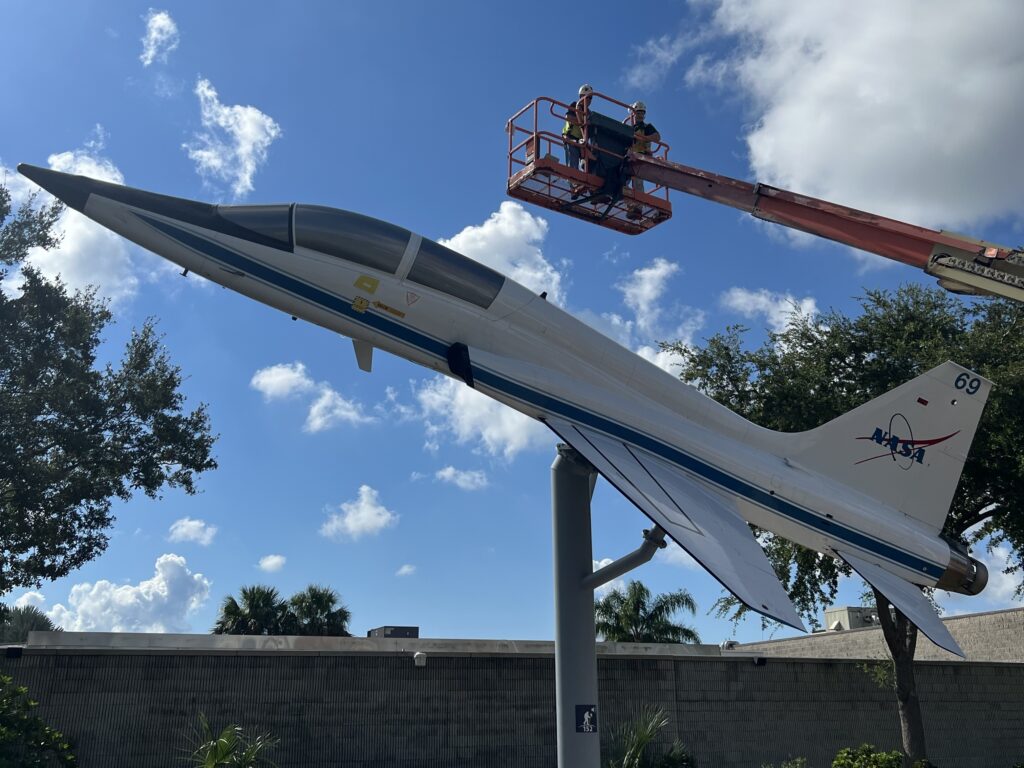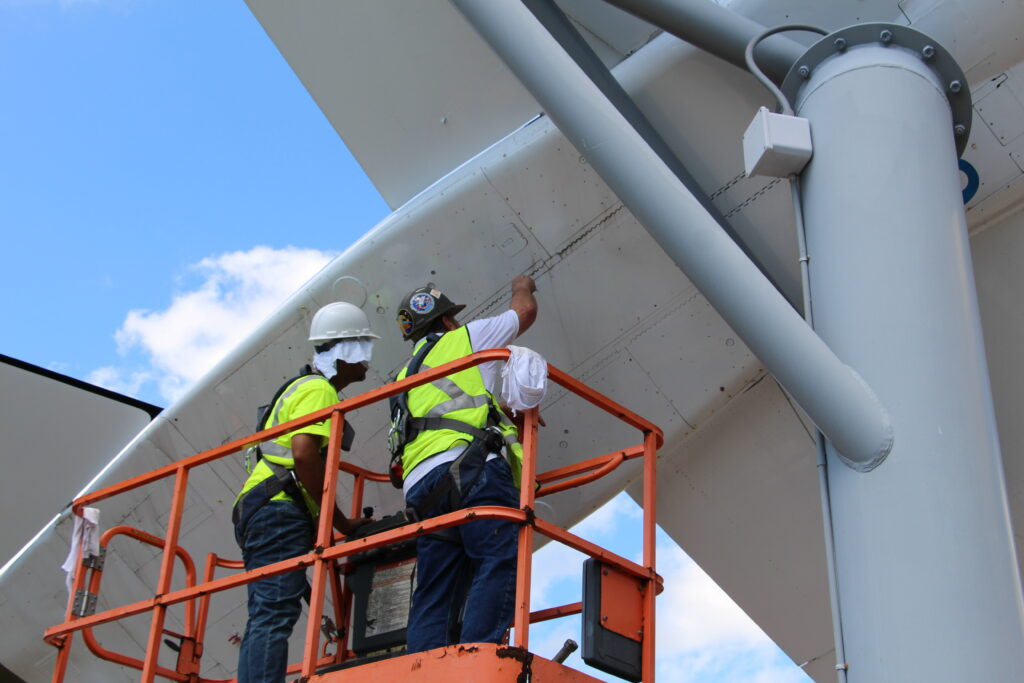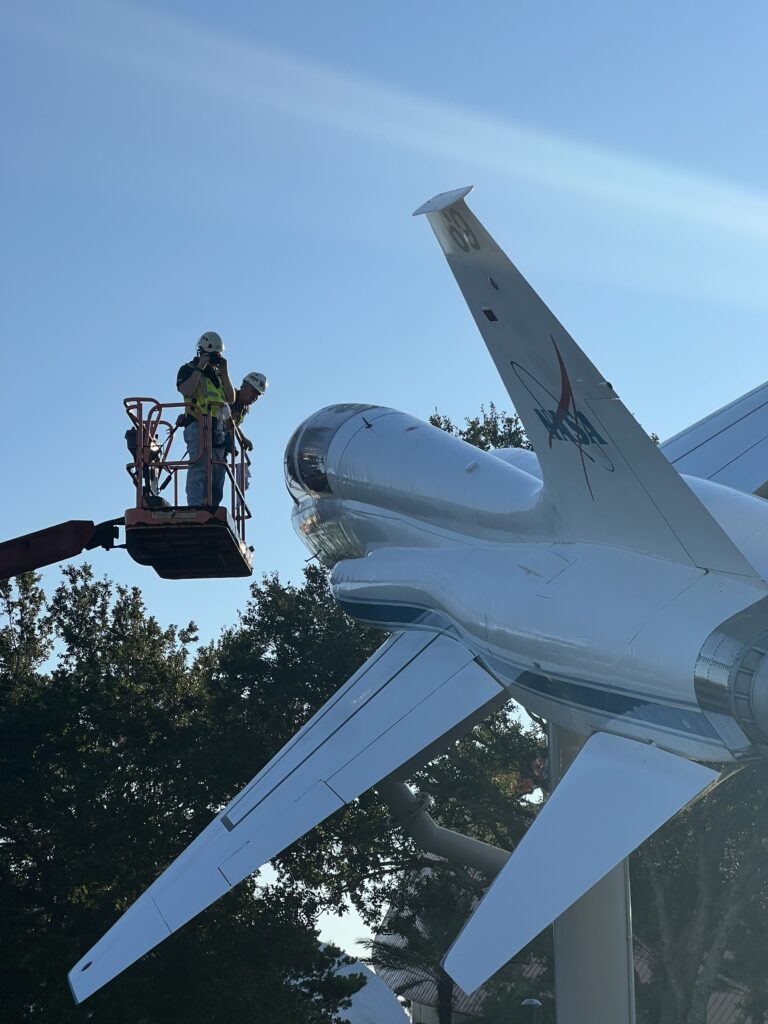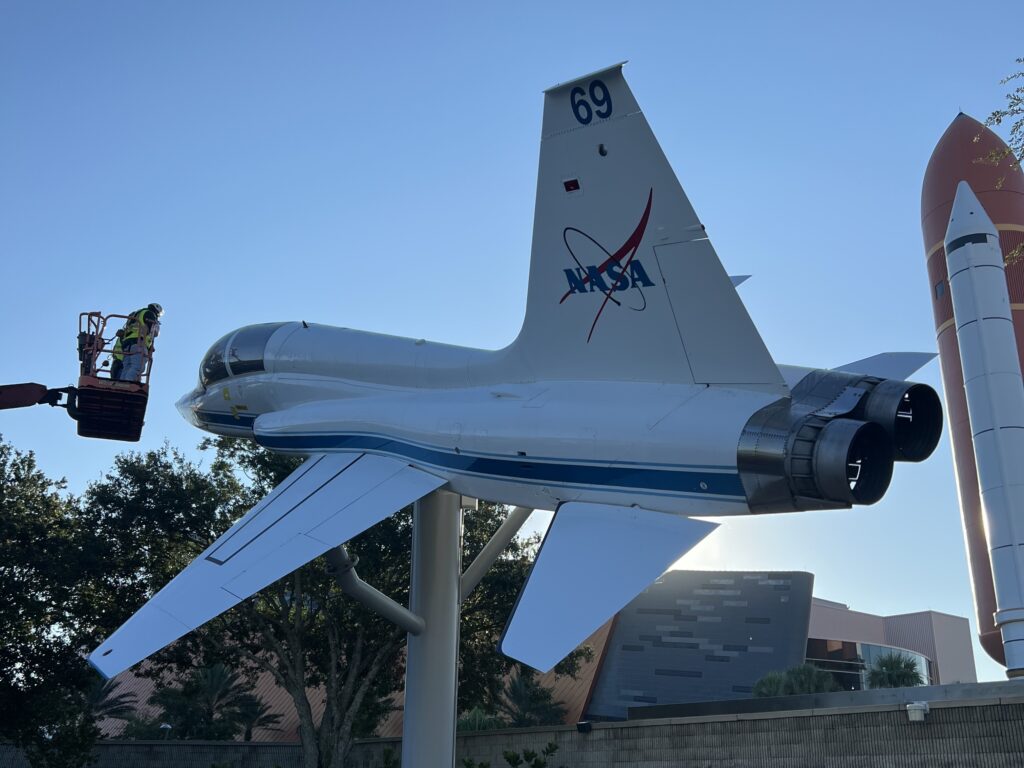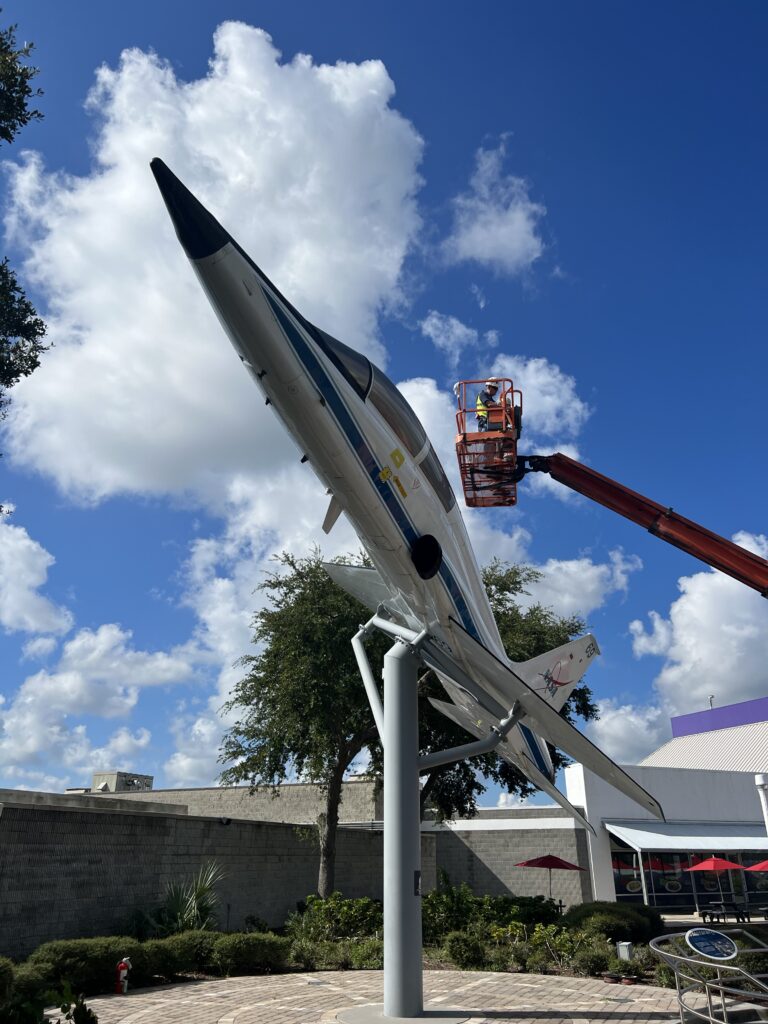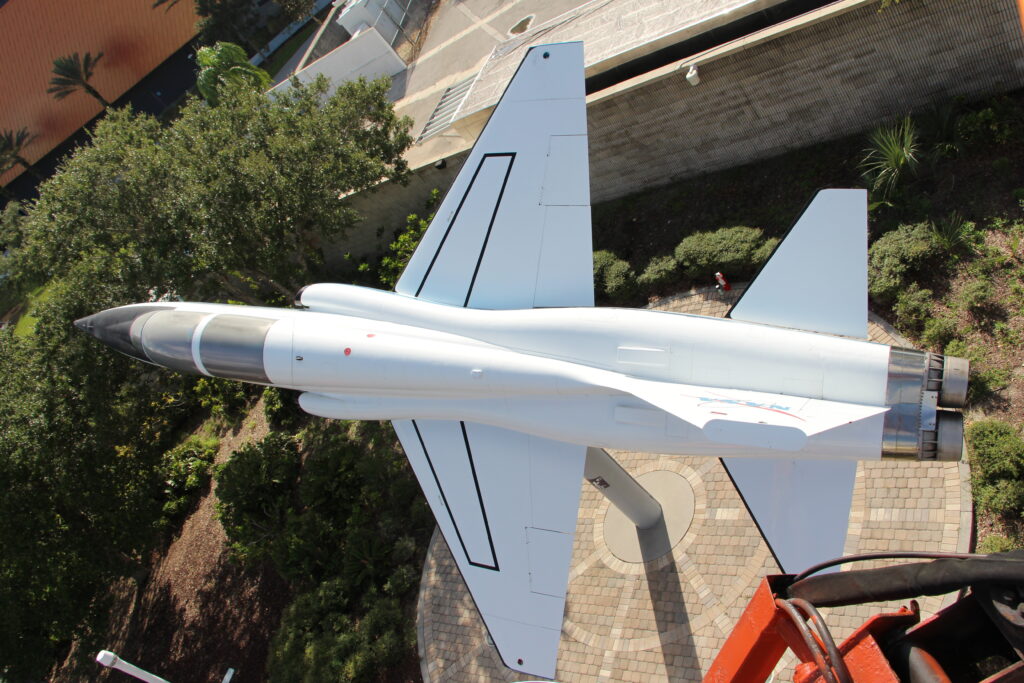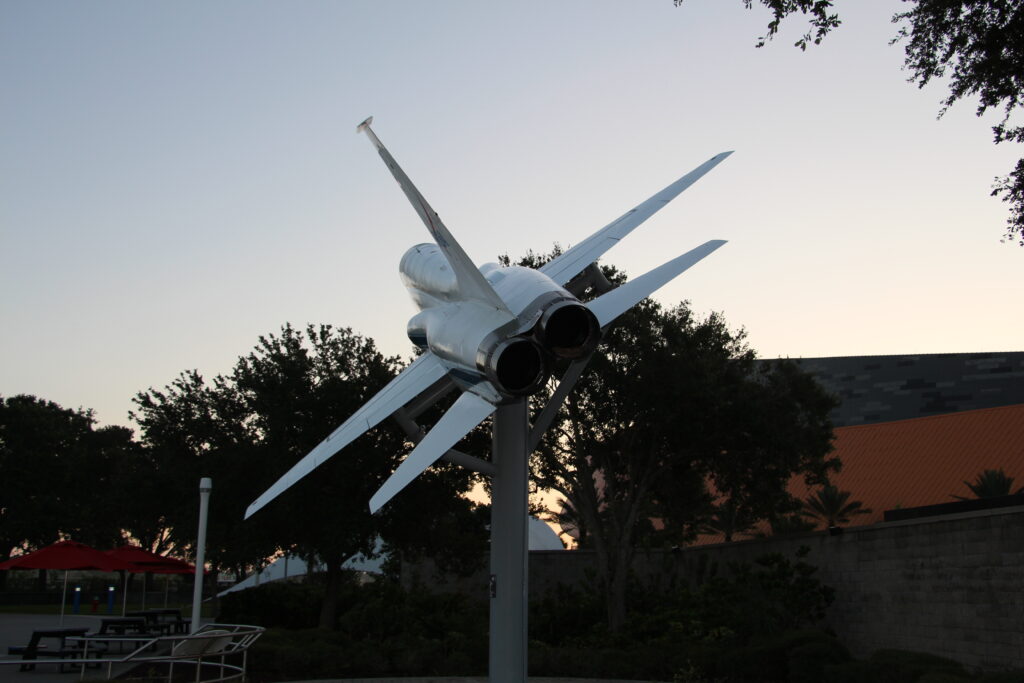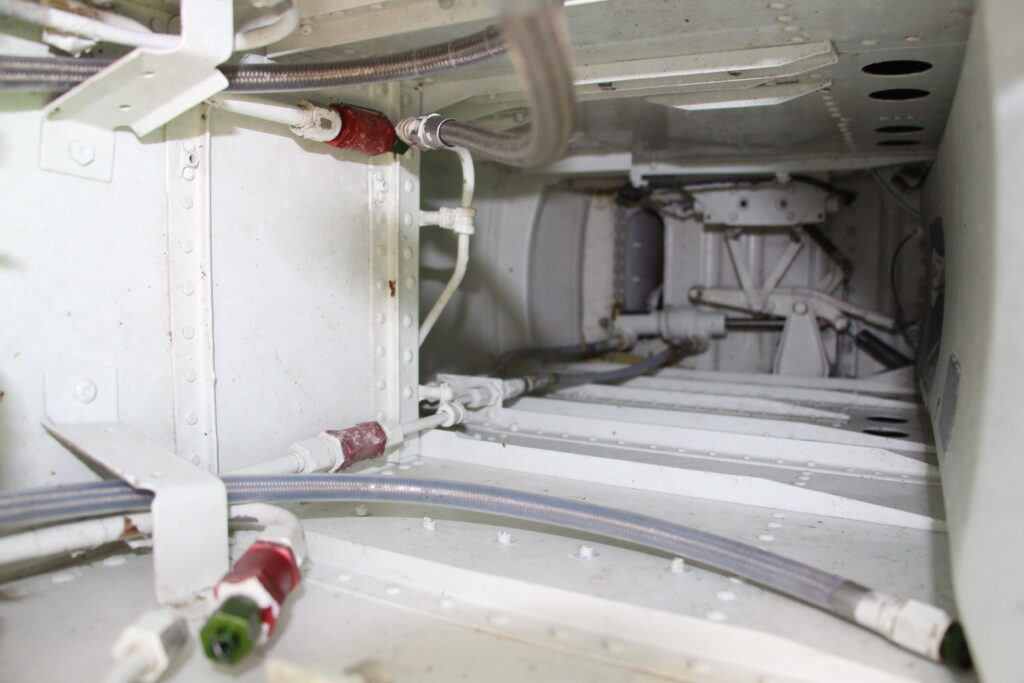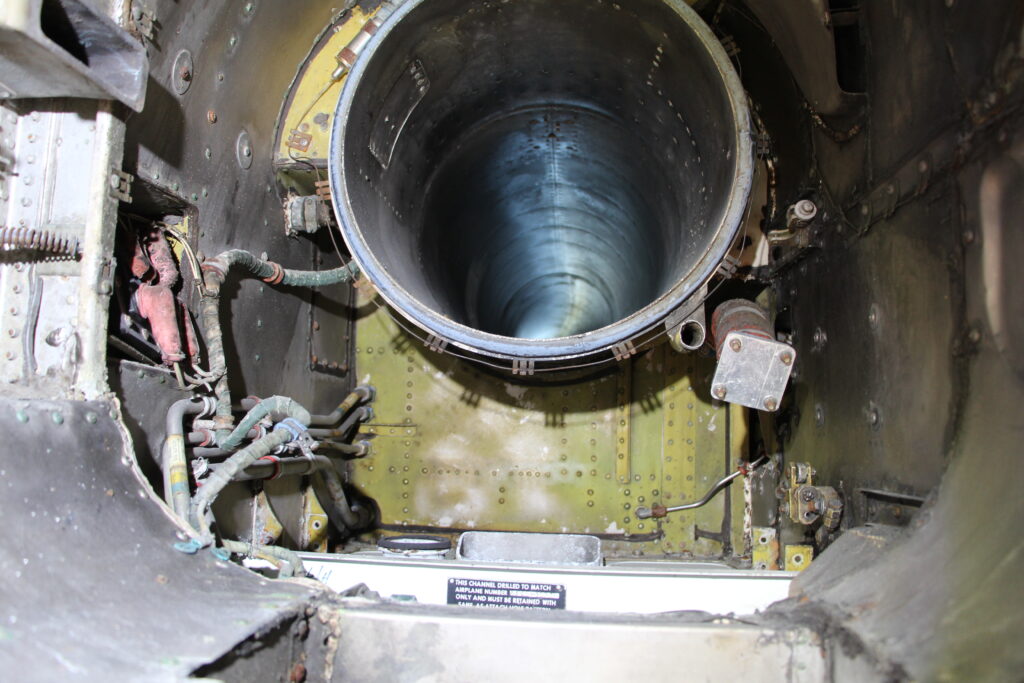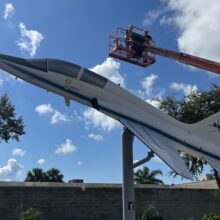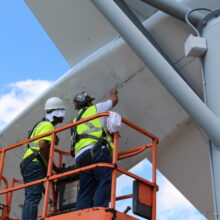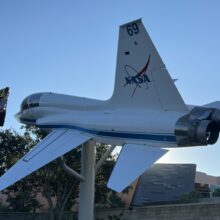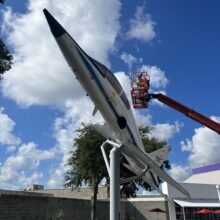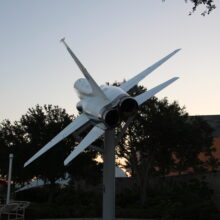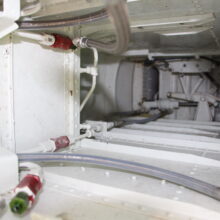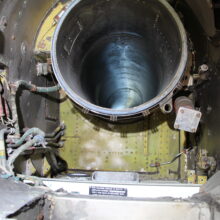Kennedy Space Center T-38 Talon Aircraft
On the northwest side of the Kennedy Space Center Visitor Complex in Marritt Island, FL a T-38 Talon sits at a dynamic angle, almost as if in flight, in an outdoor display. The high-altitude supersonic jet was first manufactured in the 1950s by the Northrop Corporation’s Aircraft Division. They were highly regarded, performing a variety of roles due to their design, economy of operations, ease of maintenance, high performance, and exceptional safety record. Over the last 60 years, NASA has used the T-38s for a wide variety of purposes. During the Apollo through Space Shuttle era, astronauts frequently used them as transportation between NASA locations in preparation for launches into space. More recently, the aircrafts have been used as test platforms, chase aircrafts, and vehicles to allow NASA pilots to maintain their minimum flight requirements.
This particular T-38 is believed to be NASA Aircraft 969, which was first brought to the Kennedy Space Center complex in 2008; its history prior to arrival on site is unknown. It reportedly sat adjacent to the Explorer Orbiter Replica on its landing gear before being installed at its current position in 2009. The interior of the aircraft was reportedly cannibalized, with numerous parts removed. Display records indicate that the aircraft was wholly or partially repainted in-situ in 2018 and 2019 by the Technicolor company.
EverGreene was contracted by Delaware North Parks & Resorts at KSC, Inc to perform a visual and tactile survey of the T-38 Talon on display. The purpose of the survey was to assess the condition and provide recommendations for the treatment in support of potential future restoration. EverGreene conservators traveled to site and performed an on-site, hands-on inspection to determine materials of its construction, present conditions, and causes of deterioration. The exterior of the aircraft was found to be in good condition, suffering from the effects of prolonged outdoor exposure to a maritime environment, which are rich in atmospheric chlorides (salts) which can accelerate corrosive conditions. Corroded aluminum, ferrous staining, corroded ferrous fasteners, open holes, and failed coatings were the most pressing issues observed during the investigation. Water was also found to have infiltrated into the interior spaces of the aircraft, allowing various types of biological growth to grow and corrode the plane from the inside out. Deterioration treatments and methods of deterring future water infiltration were both included in the treatment recommendations.
